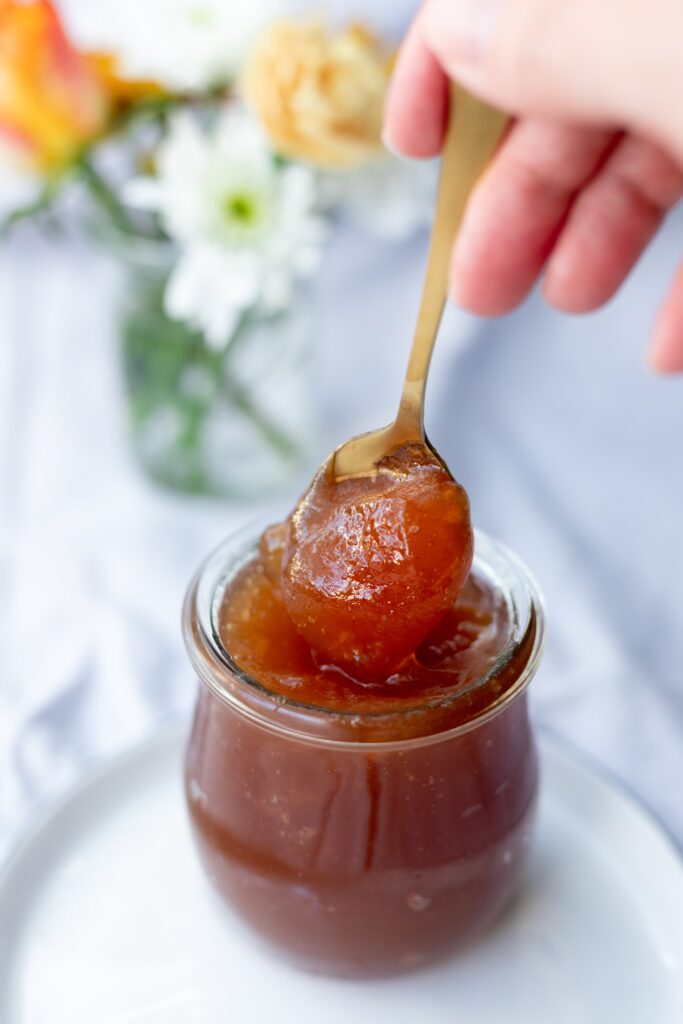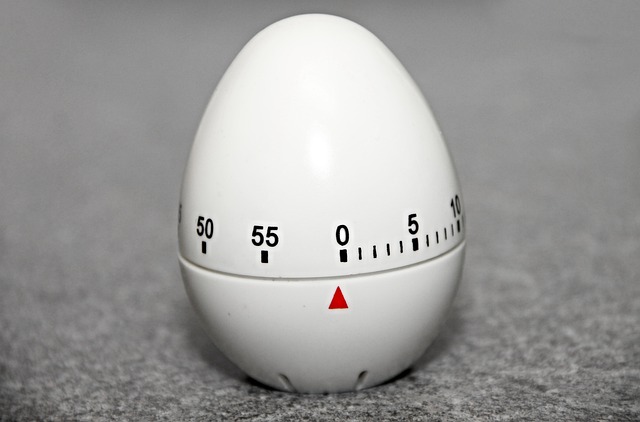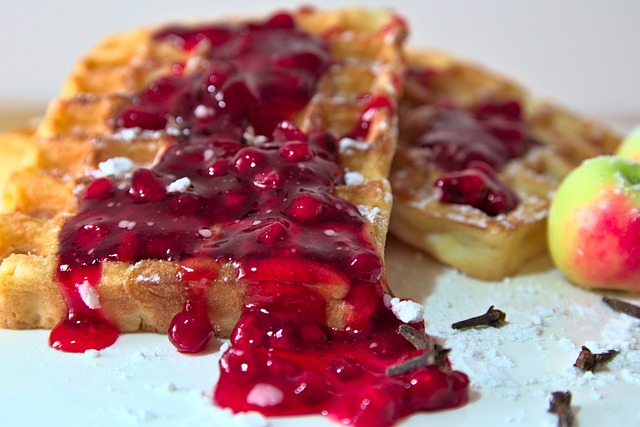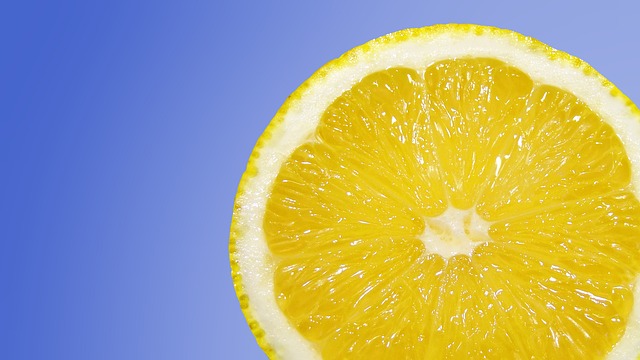Common questions and challenges when making a jam is about the ‘set point’ of the jam and how to make a set jam.
What is the role of the set point of Jam?
This is the temperature at which the jam will gel or set and become thickened. Ideally, you want to achieve a set that is firm enough to hold its shape but still soft enough to spread easily.
If your jam is too runny, it may not taste as intense and the fruit may float to the top. On the other hand, if your jam is too firm, it may be difficult to spread and have an unpleasant texture.

Factors that Impact the Consistency of Jam
Several factors work together and interact to achieve (or not!) the ideal set of a jam.
Jam making is a delicate balance of ingredients, time and temperature. Too much or too little of anyone can result in a jam that is either too runny or too stiff.
So, while individual factors can exert a significant effect on the set point, the interrelation of the factors is an equal aspect that can determine the outcome of the jam.
The Cooking Temperature
The cooking temperature plays an important role in the set of a jam. If the temperature is too low, the jam will not be set properly and will be runny. If the temperature is too high, the jam will be overcooked and will be very thick.
The ideal cooking temperature for jam is between 105-115 degrees C (220 – 240 degrees F). At this temperature, the water in the fruit will evaporate quickly, leaving behind a thick, concentrated mixture of fruit and sugar. The pectin in the fruit will also break down, helping the jam to thicken. As a result, jams cooked at this temperature are less likely to be runny or overcooked.
Cooking Time
The cooking time of a jam affects its set, or how thick it will become when cooled. Pectin is a compound in fruit that helps it to thicken and gel. When heated, the pectin molecules unwind and begin to interlock with each other, forming a network. The longer you cook the jam, the more the pectin molecules will be able to interlock, resulting in a firmer gel.

However, if you cook the jam too long, the pectin molecules will become over-linked and the jam will become too stiff. Therefore, it is important to cook the jam until it reaches the desired consistency.
But using a higher temperature should also be limited despite jams being cooked at a higher temperature will usually be set faster than those cooked at a lower temperature. This is because if you heat the jam too quickly, the outside of the fruit will gel before the inside has had a chance to soften, resulting in an uneven texture.
Therefore, it is better to cook the jam at a consistent temperature throughout.
Water Content
The water content of the fruit also plays a role in the final set of the jam. If the fruit is too water-logged or juicy, you may need to cook it for longer or it can make the jam too runny. On the other hand, if the fruit is too dry and you dont compensate for this, it can make the jam too stiff and more likely to burn. The goal is to find a balance between these two extremes. The best way to do this is to use fresh, ripe or slightly underripe fruit or to compensate for the condition of the fruit as needed. This will help to ensure that the water content is just right and that the jam will have a perfect consistency.
Type of Sugar
The set of the jam is also determined by the concentration of sugar in the liquid. Sugar acts as a preservative and helps to thicken the mixture, allowing it to set into a gel mass.

The type of sugar you use can affect the set of your jam. Granulated sugar dissolves more slowly than caster sugar, meaning it can take longer for the jam to reach the correct consistency. Caster sugar, on the other hand, dissolves quickly and can produce a smoother jam. When making jam, it is important to take the type of sugar into account to achieve the desired consistency.
Jam sugar, which has added pectin, can accelerate this setting process, so you must be cautious to avoid an overly firm jam result.
Other sweeteners e.g. honey, agave, and stevia do not have this effect and therefore require the use of thickeners to achieve the set outcome.
Amount of Sugar
The amount of sugar in a jam recipe affects the set of the finished product. Too little sugar and the jam will not set properly. Too much sugar and the jam will be too stiff.
The key is to find the right balance of sugar to achieve a nice, firm set. Less sugar, softer set (but also with less preservative action), more sugar firmer set.
With a little trial and error, you’ll be able to find the perfect amount of sugar for your taste buds and achieve a perfectly set jam every time, that also meets your storage requirements.
Type of Fruit and its Pectin Content
The set of a jam is determined by the pectin content of the fruit.
Pectin is a soluble dietary fibre that you find in the cell walls of fruits and vegetables. It is responsible for giving fruits and vegetables their structure and firmness. The amount of pectin in fruit can vary depending on the species, ripeness, and growing conditions. For example, apples contain more pectin than grapes, and unripe fruits usually have higher pectin levels than ripe fruits.
Pectin is also affected by the cooking process, with longer cook times resulting in lower pectin levels.

When heated, the pectin in the fruits and vegetables breaks down and begins to thicken. Commercial pectin derived from fruits is used as a thickening agent in jams and jellies.
If you want a firmer set, you can either use fruit with a high pectin content or add some such fruit to your mixture. You can also add store-bought pectin to achieve your desired consistency.
Amount of Fruit
The amount of fruit you use when making jam can affect the set of your finished product. This is because, as above, the fruit contains pectin, a natural setting agent. The more fruit you use, the higher the overall pectin content will be and the firmer your jam will set. Conversely, if you use less fruit, or cook the fruit for longer to reduce its water content, the pectin levels become reduced and your jam will be softer.
Experiment to find the perfect balance for your taste.
pH level
The pH level of fruit affects the set of a jam because it determines how much pectin is available for the setting process to occur. The amount of pectin that is available for setting depends on the pH level of the fruit. Fruits with a high pH level (such as lemons and oranges) have more free pectin available, while fruits with a low pH level (such as strawberries and raspberries) have less free pectin available.
As a result, a jam made with high-pH fruits will be set more easily than those made with low-pH fruits.
Use of Thickening Agents
Setting your jam is a complex process that can be affected by many factors. An often overlooked factor being the use of thickening products. Thickening products work by absorbing water from the fruit and creating a gel-like substance.
This gel helps to bind the other ingredients together, resulting in a firmer final product. However, if you use too much of a thickening product, it can cause the jam to set too quickly, making it difficult to achieve the desired consistency. For this reason, it is important to use thickening products sparingly, in small steps, when making a jam.
The proportion of sugar to fruit to water to cooking time and heat
That is why ratios of ingredients and how they relate to each other are important, with recipes being a useful guideline ahead of your developing your intuitive preserving super skills!
Understanding and considering these factors, it is possible to produce a perfect batch of jam every time.
Ways to test the set of your jam:
1. The Wrinkle Test –
One of the most common ways to test the set of your jam is the wrinkle test.
To do this, simply place a small spoonful of jam onto a cold plate and allow it to cool for a minute or so. Once cooled, you push a finger through the jam. If the surface wrinkles and the jam looks firm, it is ready. If not, keep cooking and testing at 5-10 minute intervals.
This is also known as, or is similar to, The Plate Test. As above, place a small amount of jam onto a cold plate and allow it to cool for a minute or so. Once cooled, you tilt the plate. If the jam slides around easily, it is not yet set. But if it moves slowly and thickly, it is beginning to set. And then if it doesn’t move at all or only a little bit, it is fully set (as it will thicken further as it cools in the jar).
2. The Temperature Test
Another way to test the set point of your jam is with a jam/candy thermometer.
Place your thermometer into the jam until it reaches 105-110 degrees Celsius (220-224 degrees F). At this temperature, pectin in the fruit gels and the jam will be thickened.
3. The Flake Test
Another common way to test the set of your jam is the flake test.
Carefully dip a wooden spoon into the jam. While holding the spoon above the pan, twist it around to cool the jam a bit, and then let the mixture drip from its edges. If you can see the jam drop off of a spoon in individual flakes that adhere to the edge of the spoon before falling away cleanly, then you know it has reached its setting point.
Types of Jam Set

Soft set – This is when the jam will spread easily but won’t hold its shape. It is perfect for use in baking or on top of ice cream.
Medium set – This is when the jam will hold its shape but still be soft enough to spread easily. It is perfect for use on toast or in sandwiches.
Firm set – This is when the jam will be very thick and will hold its shape well. It is perfect for use on scones or crackers with cheese.
How to achieve the perfect set
There are a few things that you can do to help achieve the perfect set for your jam:
1. Use just underripe or ripe fruit – This is because ripe fruit contains more pectin, which is what helps the jam to set.

2. Add lemon juice – This is because lemon juice contains citric acid, which helps to activate the pectin that is available, and promotes the set.
3. Cook your jam slowly and gently. If you cook the jam too quickly or at too high a temperature, the pectin will be broken down and the jam will be runny from overcooking.
4. Use a jam setting agent, such as store-bought pectin – which will help the jam to set.
Hopefully, this has given you a better understanding of the set point of the jam and how to achieve the perfect set.
Happy jamming!